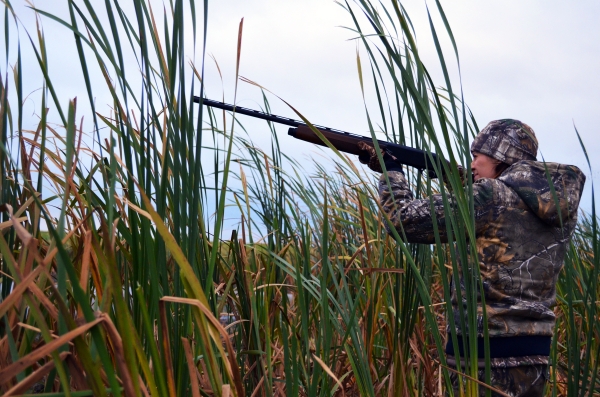
The retreat of glacial ice and the power of earthquakes and volcanoes have shaped a striking landscape that appears from the air to be carved and crumpled. The varied topography supports a diversity of wildlife, including many game species. Caribou from the migratory Mulchatna Herd pass through Togiak National Wildlife Refuge each year, while the smaller reintroduced Nushagak Peninsula Herd resides year-round on the Nushagak Peninsula in the southeast corner of the refuge. Both herds provide hunting for subsistence and sport hunters. In addition, moose have expanded into all parts of the refuge. While guide services do operate in the area, the refuge is a popular choice for unguided hunters. Hunters are dropped off at remote locations via air taxi and hunt from their campsites. Hunters may target a number of species to include moose, black bear and wolf –- if they have the proper tags for these species. Nonresident hunters are required to use one of three permitted big-game guides to hunt brown bears on the refuge. Hunters visiting the refuge need to be aware of private and native lands within and bordering the refuge to avoid trespassing.
Salvage the Meat
Respect the animal you are hunting by preparing adequately for your hunt. Be aware that Alaska’s meat salvage regulations reflect the high value placed on wild foods and that the wasting of meat is a serious offense.
Animals Wearing Collars
Some moose, caribou and wildlife within the refuge are fitted with radio collars as part of long term monitoring studies. Collared animas are tracked from the air and are important sources of information. Please avoid hunting radio collared animals when possible. Although it is legal to do so, it is detrimental to our management efforts since each collared animal is an ongoing source of data. If you do take a radio collared animal, please return the collar to staff at Togiak National Wildlife Refuge or the Alaska Department of Fish and Game.
